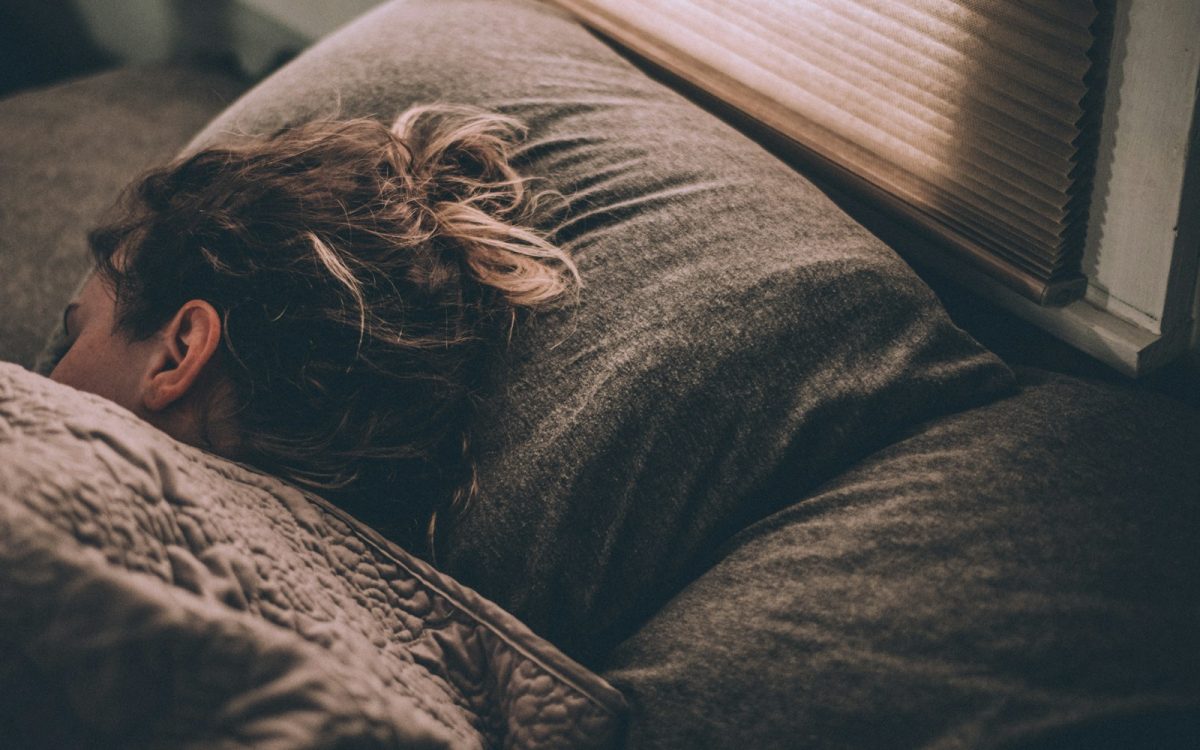Creating the ideal bedroom for restful sleep involves optimizing your sleep environment to support relaxation, minimize disturbances, and promote healthy sleep habits. Here’s a comprehensive guide to designing a sleep-friendly bedroom:
1. Control Light Exposure
– Use blackout curtains or blinds to block external light.
– Eliminate or reduce blue light exposure from electronics at least 1 hour before bedtime.
– Consider using warm, low-wattage bedside lamps if lighting is needed at night.
2. Regulate Temperature
– Maintain a cool room temperature between 60–67°F (15–19°C) for optimal sleep.
– Use breathable bedding and seasonally appropriate blankets.
– Consider a fan or white noise machine to circulate air and create a calming auditory background.
3. Minimize Noise
– Reduce environmental noise with soundproofing solutions like rugs, heavy curtains, or acoustic panels.
– Use white noise machines, earplugs, or soothing nature sounds to mask disruptive noises.
4. Choose the Right Mattress and Pillows
– Select a mattress that supports your preferred sleep position and body type (firmness, material, etc.).
– Use pillows that align your head and neck comfortably; side sleepers may need thicker pillows than back or stomach sleepers.
5. Optimize Bedding Materials
– Choose sheets and pillowcases made from breathable, hypoallergenic materials like cotton, bamboo, or linen.
– Keep bedding clean and fresh to avoid allergens and ensure comfort.
6. Eliminate Clutter
– Keep your bedroom tidy and free of unnecessary items to create a calming atmosphere.
– Limit furniture and decorations to essentials that promote relaxation.
7. Limit Electronics
– Keep TVs, smartphones, and computers out of the bedroom to reduce blue light exposure and sleep disruptions.
– Consider using a traditional alarm clock instead of a phone.
8. Use Calming Colors and Decor
– Incorporate soft, neutral colors like blues, greys, or earth tones that promote calmness and tranquility.
– Add soothing decor like plants, soft textiles, or minimalist artwork.
9. Add Relaxing Scents
– Use a diffuser with essential oils like lavender, chamomile, or sandalwood known to promote relaxation and sleep.
– Avoid strong fragrances or synthetic scents that may cause irritation or overstimulation.
10. Establish a Sleep Routine
– Go to bed and wake up at the same time each day—even on weekends.
– Incorporate a calming pre-bedtime routine (e.g., reading, meditation, or gentle stretching) to signal to your body it’s time to sleep.
By creating a bedroom environment focused on comfort, tranquility, and minimal stimulation, you’ll increase your chances of falling asleep easily, sleeping more soundly, and waking up feeling refreshed.




